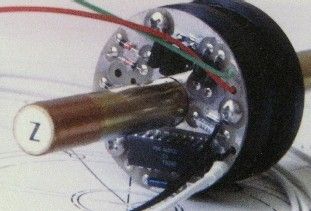Missions & Projects
Featured
Alphabetical
By Last Name:
Displaying records 1 to 9 of 9.
Show:
Astrobiology Analytical Laboratory
The Astrobiology Analytical Laboratory is dedicated to the study of organic compounds derived from Stardust and future sample return missions, meteorites, lab simulations of Mars, interstellar, proto-planetary, and cometary ices and grains, and instrument development.
Key Staff
- Program Scientist: Danielle Simkus
- Program Scientist: Jamie Elsila Cook
- Program Scientist: Daniel Glavin
- Program Scientist: Heather Graham
- Program Scientist: José Aponte
- Program Scientist: Hannah McLain
- Program Scientist: Eric Parker
- Principal Investigator: Jason Dworkin
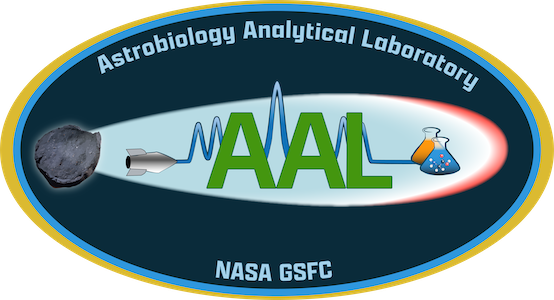
Cosmic Ice Laboratory
Our research group specializes in studying the spectra, the chemistry, and the physical properties of ices relevant to comets, icy satellites and planets, and the coatings of dust grains in the interstellar medium.
Key Staff
- Program Scientist: Perry Gerakines
- Program Scientist: Mark Loeffler
- Program Scientist: Christopher Materese
- Principal Investigator: Reggie Hudson

James Webb Space Telescope (JWST)
The James Webb Space Telescope (JWST) is a large space observatory that will operate in an orbit some 1 million miles from Earth. JWST will find the first galaxies that formed in the early universe, connecting the Big Bang to our own Milky Way Galaxy. It will also peer through dusty clouds to see stars forming planetary systems, connecting the Milky Way to our own solar System. Webb's instruments are designed to work primarily in the infrared range of the electromagnetic spectrum, with some capability in the visible range. The observatory was launched on Dec 25, 2021.
Key Staff
- Project Scientist: Jane Rigby
- Project Scientist: John Mather
- Observatory Project Scientist: Michael McElwain
- Operations Project Scientist : Knicole Colón
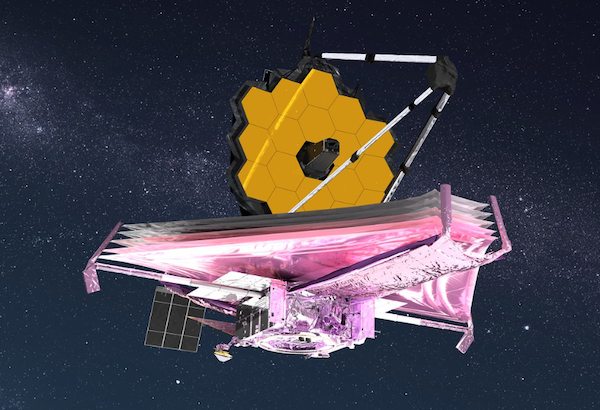
Lunar Reconnaissance Orbiter (LRO)
The Lunar Reconnaissance Orbiter (LRO) is an unmanned spacecraft designed to create a comprehensive atlas of the moon's physical features, radiation environment, temperatures, and resources. The mission places special emphasis on the moon's polar regions, where permanently shadowed craters may contain significant amounts of water ice that future human explorers might be able to exploit. LRO launched on June 18, 2009.
Key Staff
- Science Collaborator: Stefano Bertone
- Science Data Manager: Maria Banks
- Science Collaborator: Gael Cascioli
- Co Investigator: Erwan Mazarico
- Project Scientist: Noah Petro
Instruments
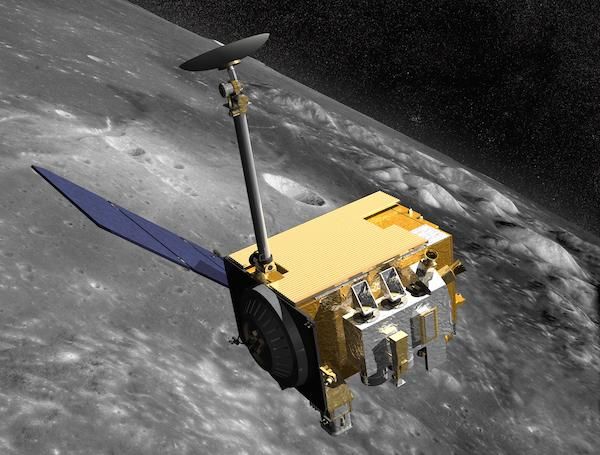
Nucleation & Dust Chemistry Laboratory
Our research group is part of the Astrochemistry Laboratory in the Solar System Exploration Division at NASA's Goddard Space Flight Center. We specialize in studies of grains and grain analogues of relevance to planets, comets, the interstellar medium, and other extraterrestrial environments.
Key Staff
- Program Scientist: Natasha Johnson
- Program Scientist: Frank Ferguson
- Senior Scientist: Joseph Nuth
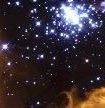
OSIRIS-REx (OSIRIS-REx)
OSIRIS-REx (Origins, Spectral Interpretation, Resource Identification, Security--Regolith Explorer) launched September 8, 2016. It explored the Near Earth Asteroid (101955) Bennu in detail including with the Goddard-built OVIRS instrument. OSIRIS-REx collected a sample in October 2020 and returned it to Earth on September 24, 2023. This sample will help us investigate planet formation and the origin of life, and the data collected at the asteroid will also aid our understanding of asteroids that can impact Earth (Bennu is a potentially hazardous object with a 1-in-2,700 chance of impacting Earth between the years 2175 and 2199). OSIRIS-REx is led by PI Dante Lauretta of the University of Arizona and managed by GSFC.
Key Staff
- Support Scientist: Sander Goossens
- Research Associate: Nancy Jones
- Science Collaborator: José Aponte
- Science Collaborator: Jamie Elsila Cook
- Research Associate: Erwan Mazarico
- Research Associate: Michael Callahan
- Research Associate: Brooke Hsu
- Research Associate: Lora Bleacher
- Research Associate: Jamie Elsila Cook
- Program Scientist: James Garvin
- Co Investigator: Dennis Reuter
- Co Investigator: Amy Simon
- Co Investigator: David Rowlands
- Co Investigator: Gregory Neumann
- Co Investigator: Daniel Glavin
- Co Investigator: Hannah Kaplan
- Co Investigator: Lucy Lim
- Project Scientist: Jason Dworkin
- Deputy Project Scientist: Joseph Nuth
- Instrument Scientist: Dennis Reuter
- Instrument Scientist: Amy Simon
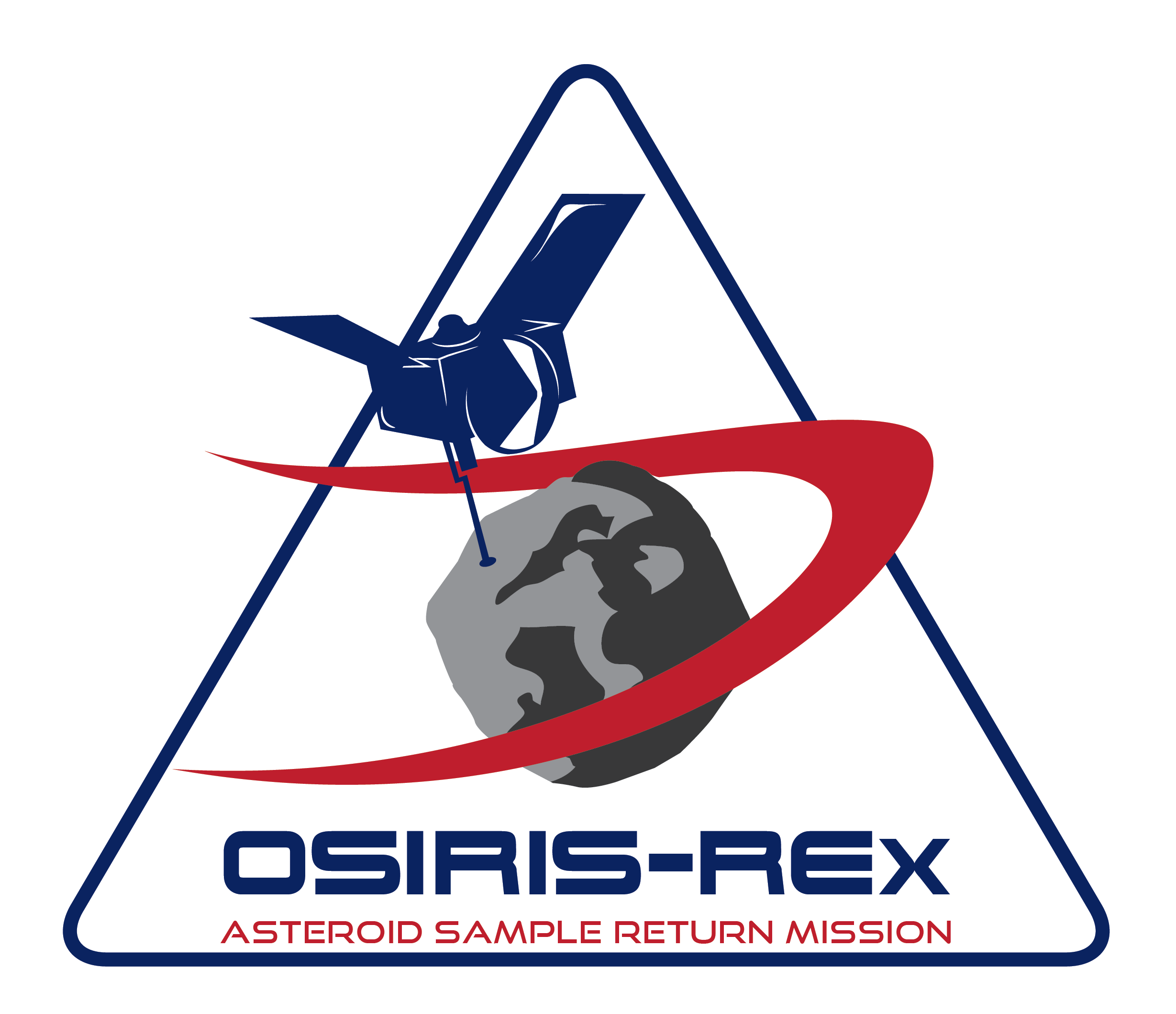
Planetary Spectrum Generator (PSG)
The Planetary Spectrum Generator (PSG) is a radiative transfer model suite for synthesizing and retrieving planetary spectra for a broad range of wavelengths from any observatory, orbiter and/or lander.
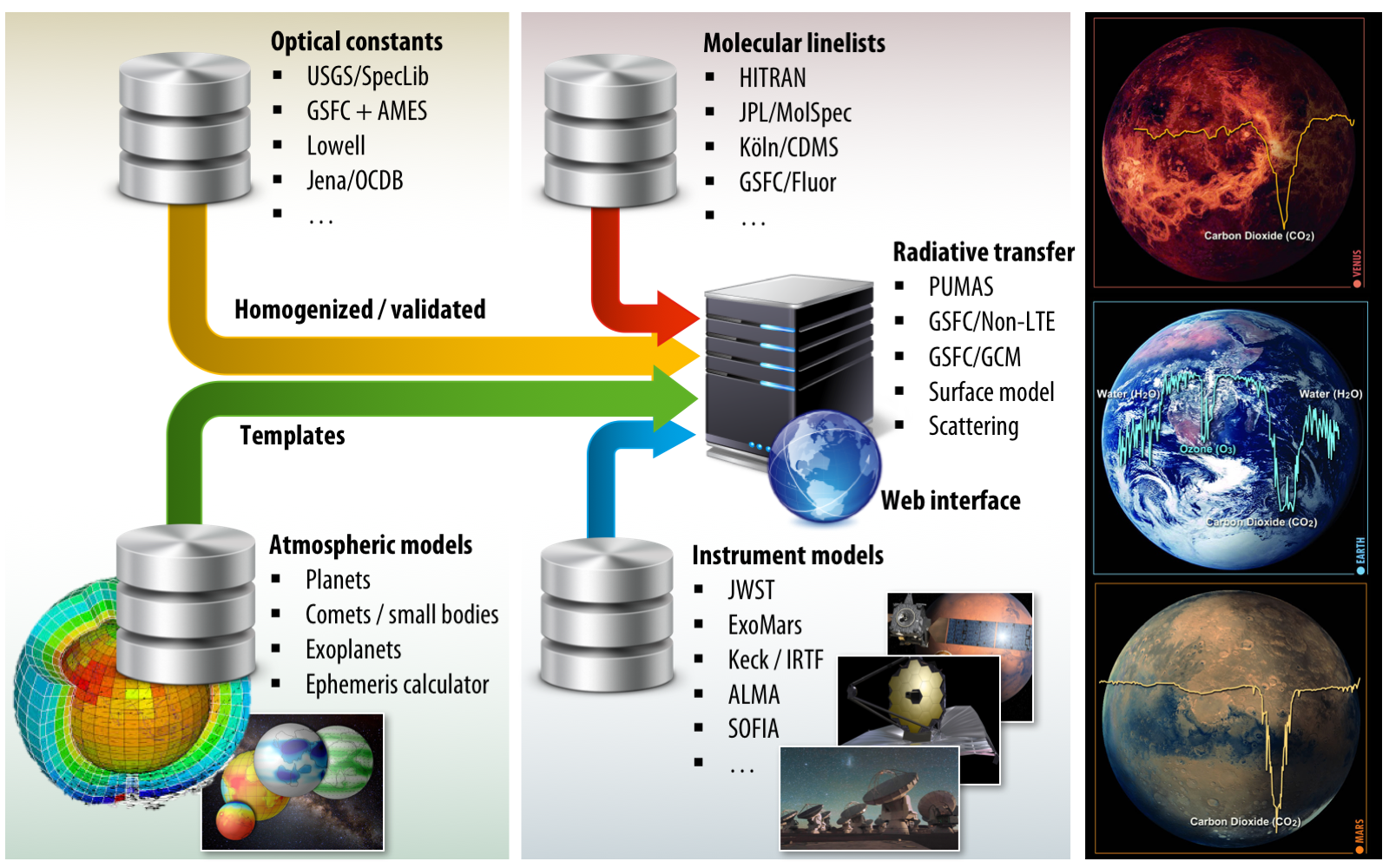
Theory and Observation Group
The Theory and Observation Group is part of the Astrochemistry Laboratory in the Solar System Exploration Division at NASA's Goddard Space Flight Center. We specialize in developing theoretical models for the formation and destruction of molecules in comets, the interstellar medium, and other extraterrestrial environments. We also are active in using radio telescopes to study the chemistry of these same regions of the galaxy.
Key Staff
- Program Scientist: Stefanie Milam
- Program Scientist: Martin Cordiner
- Principal Investigator: Steven Charnley
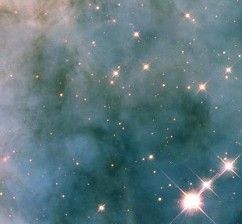
X-Ray & Gamma Ray Detector Laboratories
Our research group is part of the Astrochemistry Laboratory in the Solar System Exploration Division at NASA's Goddard Space Flight Center. We specialize in the design, construction, testing, and application of new detection systems for high-energy particles.
Key Staff
- Program Scientist: Timothy Mcclanahan
- Program Scientist: Richard Starr
- Principal Investigator: Lucy Lim
- Principal Investigator: Ann Parsons
